Journalism is often viewed through the lens of its final products—crisp articles, engaging stories, and breaking news reports. However, the journey from idea to publication is an intricate process that involves creativity, meticulous research, and a commitment to truth. To understand this journey better, we delve into the minds of top journalists, uncovering the creative processes that shape their work.
The Spark of Inspiration
For many journalists, the creative process begins with a spark of inspiration. This can come from various sources: a conversation overheard on the street, a tip from a trusted source, or a sudden realization about an ongoing trend. Renowned journalist and Pulitzer Prize winner, Maria Hinojosa, describes this moment as “the click,” when a seemingly mundane detail suddenly takes on new significance, demanding further exploration.
The Art of Research
Once an idea takes root, the next step is research. Top journalists emphasize the importance of thorough and unbiased research. Investigative journalist Ronan Farrow, known for his groundbreaking work on the Harvey Weinstein scandal, often spends months, if not years, gathering information. This involves sifting through documents, interviewing sources, and verifying facts. Farrow notes, “The integrity of your story depends on the depth and accuracy of your research.”
Crafting the Narrative
With a wealth of information at hand, the challenge becomes crafting a compelling narrative. This is where creativity and storytelling skills come into play. Ta-Nehisi Coates, celebrated for his writings on cultural and political issues, emphasizes the need to find a narrative arc that resonates with readers. He likens it to “sculpting with words,” where each piece of information is carefully molded to fit the overall story.
Ethical Considerations
Throughout the creative process, ethical considerations are paramount. Journalists like Christiane Amanpour stress the importance of maintaining objectivity and integrity. I had to report the truth, which was there was one side that was being aggressed, started with what’s known as ethnic cleansing and then full-blown genocide by another side, and I could not equate those two sides, and I refused to equate those two sides,” she said. “I was just doing my job: telling the truth and bringing the facts.””
This means presenting balanced perspectives, protecting sources, and avoiding sensationalism. Ethical journalism builds trust with readers and upholds the credibility of the profession.
The Editing Phase
No story is complete without rigorous editing. This phase involves refining the narrative, fact-checking, and ensuring clarity. Seasoned journalists often collaborate with editors to polish their work. The New York Times’ Maggie Haberman describes this process as “a dance,” where constructive feedback helps enhance the story’s impact and accuracy.
Adapting to New Mediums
In the digital age, top journalists must also adapt their creative processes to various mediums. Whether it’s crafting a tweet, producing a podcast, or creating a multimedia story, the principles of good journalism remain the same. However, each medium demands a unique approach. Sarah Koenig, creator of the popular podcast “Serial,” highlights the importance of engaging storytelling in audio formats, where tone and pacing are crucial.
The Role of Intuition
Amidst the structured processes, intuition plays a significant role. Many journalists rely on their instincts to guide their work. This can mean trusting a hunch about a lead, sensing the right moment to press a source for more information, or recognizing when a story is ready for publication. Intuition, honed through experience, often leads to the most compelling journalism.
The Impact of Collaboration
Collaboration is another key aspect of the creative process. Journalists often work with photographers, videographers, graphic designers, and fellow reporters to bring their stories to life. The synergy of different perspectives and skills can elevate the quality of the final product. As the Washington Post’s Bob Woodward notes, “Collaborative journalism allows us to tackle complex stories with greater depth and insight.”
Facing Challenges
The path to great journalism is fraught with challenges. From navigating hostile environments to dealing with reluctant sources, journalists often face obstacles that test their resolve. Investigative journalist Carole Cadwalladr, who exposed the Facebook-Cambridge Analytica data scandal, underscores the importance of perseverance. “The truth is worth fighting for, no matter the hurdles,” she asserts.
Conclusion: The Ever-Evolving Craft
The creative process in journalism is a dynamic and ever-evolving craft. It requires a blend of inspiration, rigorous research, ethical considerations, and storytelling prowess. By peering into the minds of top journalists, we gain a deeper appreciation for the dedication and creativity that go into producing the stories that inform and shape our world. As the landscape of journalism continues to evolve, these principles remain the bedrock of the profession, guiding journalists in their quest to uncover and convey the truth.





